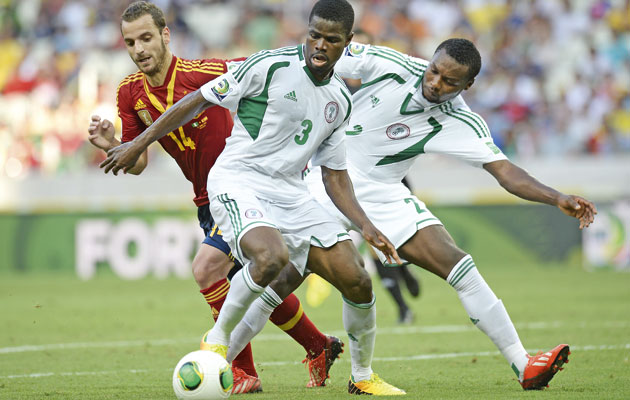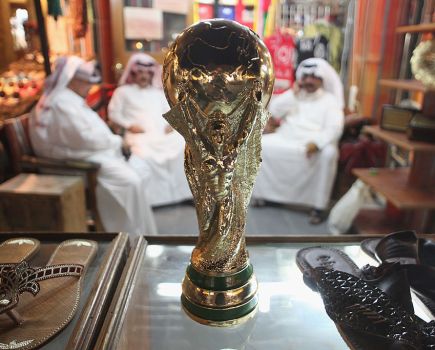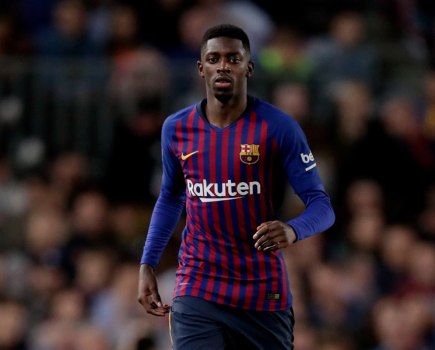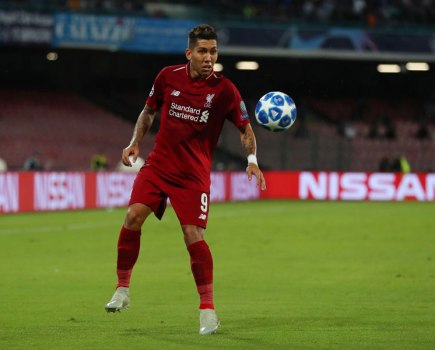Iran
Having conceded just two goals in their final eight qualifying games, Iran will be hoping that their back line can hold firm once again in Brazil.
Central defenders Jalal Hosseini and Pejman Montazeri make a formidable pair, with the option of using the latter at right-back and playing Amir Hossein Sadeghi in the middle if needed.
The injury prone Khosro Heydari is normally first choice on the right flank at the back, but his attacking tendencies could be a double-edged sword against the likes of Argentina and Nigeria. At left-back, the impossible dilemma is who will suffer less against Lionel Messi when Iran face Argentina. Queiroz may stick with Hashem Beikzadeh ahead of the more attack-minded Ehsan Hajsafy and the defensive Mehrdad Pooladi.
The big question is who will take over in goal following the unexpected withdrawal of Mehdi Rahmati. Will the Portuguese coach opt for the domestically impressive but internationally inexperienced Rahman Ahmadi or the European-based Daniel Davari who has had some scintillating performances in the Bundesliga but is prone to occasional lapses?
Javad Nekounam and relentless runner Andranik Teymourian will take the holding midfield roles, with the elegant Masoud Shojaei and determined Ashkan Dejagah in front of them.
Alireza Jahanbakhsh looks to be the favourite to replace Mojtaba Jabari, while Reza Ghoochannejad will lead the attack as a lone striker.
Plan B?
Queiroz’s tactical alternatives will probably only be variations on his safety first 4-4-1-1 set-up, with players coming in to cover injured players. The most likely of these would involve the back four moving around to cover the potential loss of Heydari.
It is possible that Mohammad Reza Khalatbari could be added to the line-up if Iran need to chase a game.
Karim Ansarifard is a useful replacement for first-choice striker Ghoochannejad when it comes to leading the line.
Nigeria
Nigeria’s coach Stephen Keshi insists he wants his side to play attractive football and leave a good impression, but too often his side are too frenetic.
Nigeria are very quick to turn defence into attack and like to get the ball over the top of the opposing back line for one of their quick strikers to run onto. They also push the ball around well, but they are not as effective when trying a slower build-up.
The team play with a flat back four, one holding midfielder and two wide wingers with John Obi Mikel pushing far more forward than he usually does at club level. They have either two strikers or one target man and another wider. Vincent Enyeama is the obvious choice in goal with Efe Ambrose and Elderson Echiejile as full-back and Godfrey Oboabona and Kenneth Omeruo as centre-backs.
It is a lot more fluid in midfield with Ogenyi Onazi a regular feature on the right behind Mikel. John Ogu might be used as a holding midfielder when Mikel plays behind the strikers. Emmanuel Emenike and Shola Ameobi could lead the attack, or Ameobi could be used as an impact substitute if Keshi elects to go with Emenike as a lone striker. Wingers Victor Moses, on the left, and Ahmed Musa, on the right, will offer support to Emenike.
Peter Odemwingie has been out of the squad following a dispute with Keshi, but the pair recently held discussions about a possible return to the fold.
Plan B?
An alternative plan would be to have Mikel as a gatekeeper in front of the back four, in a loose 4-1-4-1, allowing Musa or Nosa Igiebor and Moses to drop back into the midfield. The defence was impressive at the last African Nations Cup but outgunned at the Confederations Cup last June. This more cautious approach would allow Nigeria to offer more protection to the defence and then play a more counter-attacking game.







